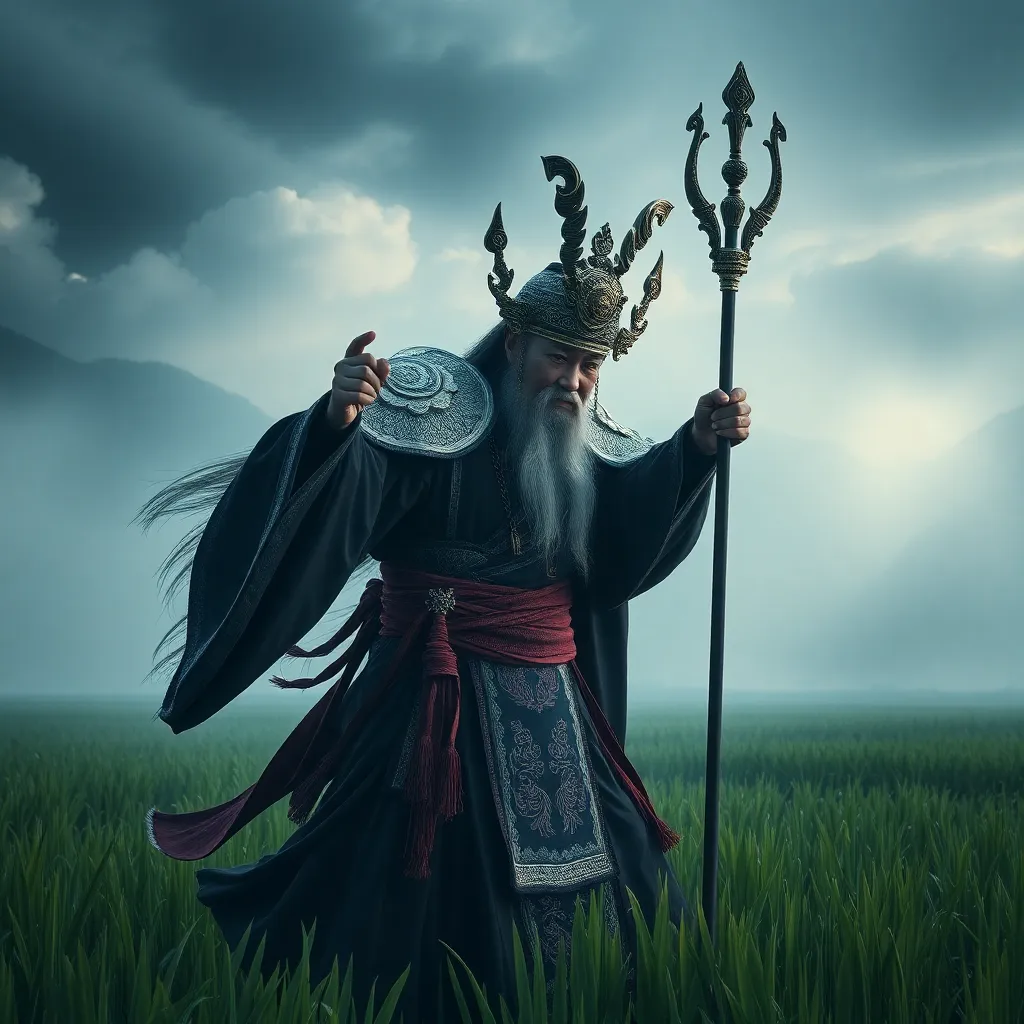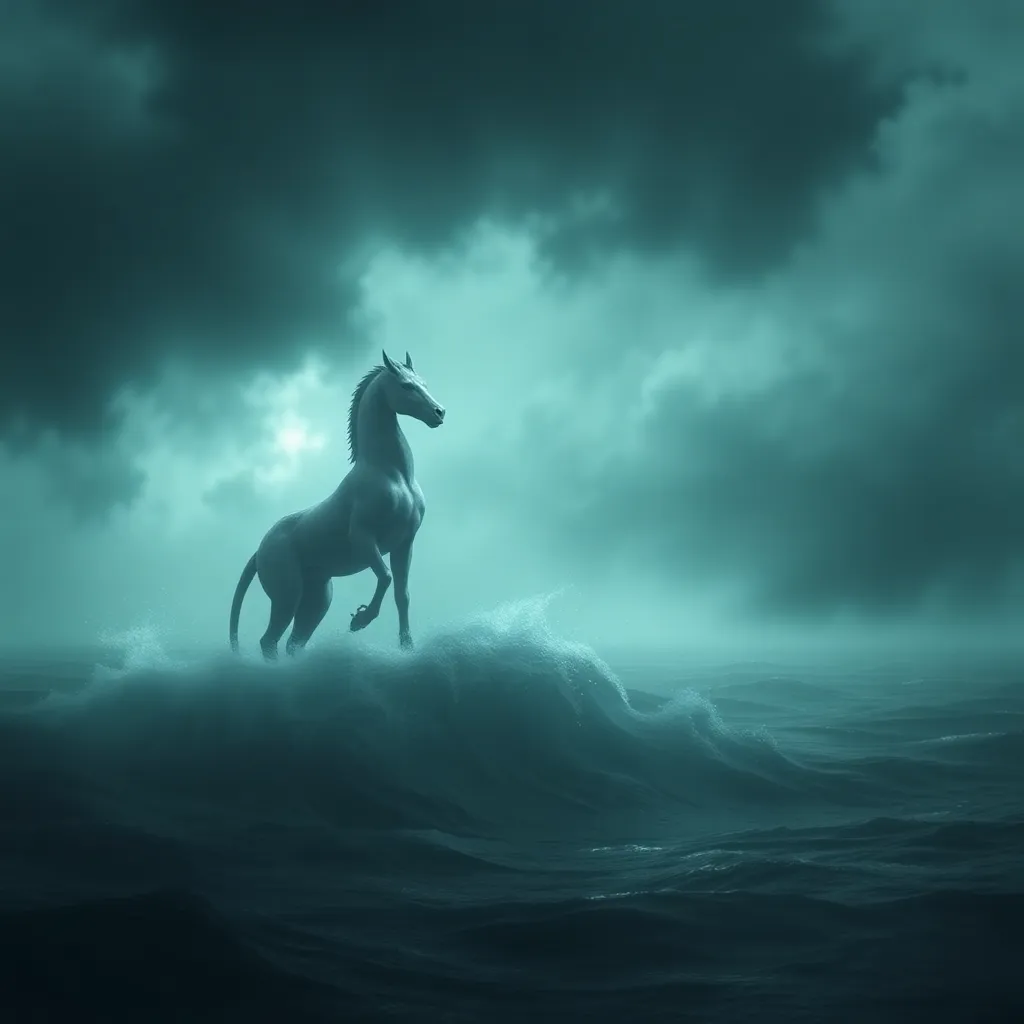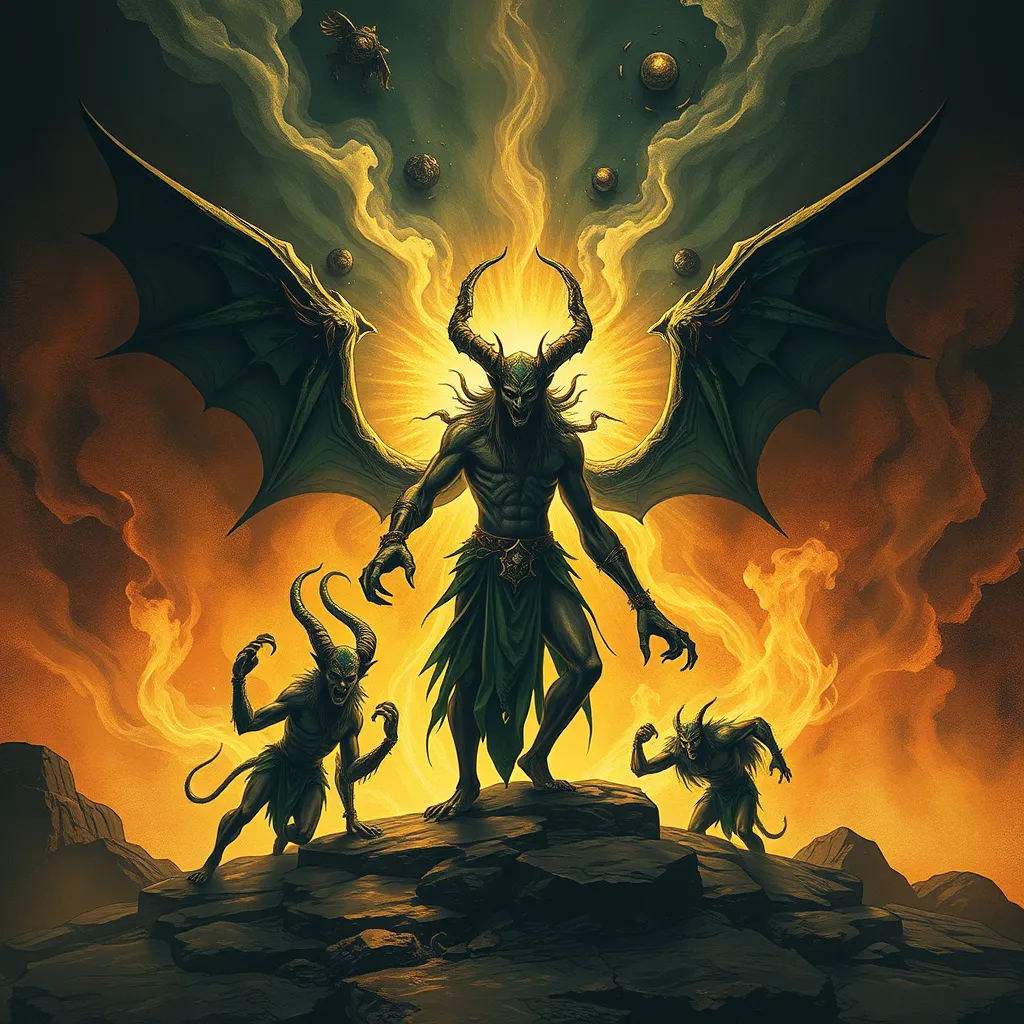From Rice Paddy to Screen: The Enduring Legend of the Chinese Jiangshi
I. Introduction
The Jiangshi, often referred to as the “Chinese hopping vampire,” is a legendary creature deeply rooted in Chinese folklore. Defined as a reanimated corpse that moves by hopping, the Jiangshi has become a significant symbol in traditional Chinese culture, representing fears of death and the afterlife.
This article aims to explore the evolution and impact of the Jiangshi legend, tracing its journey from ancient folklore to modern media, and examining its cultural significance through the ages.
II. Historical Roots of the Jiangshi Legend
A. Origins in Chinese Folklore and Mythology
The Jiangshi legend can be traced back to ancient China, where it emerged from a blend of folklore, superstitions, and local beliefs. The concept of the undead has been prevalent across various cultures, but in China, the Jiangshi is distinctively characterized by its unique traits and origins.
B. The Role of Superstition and Beliefs about the Undead in Ancient China
In ancient China, the belief in spirits and the afterlife was profound. Superstitions surrounding death and burial practices led to the creation of the Jiangshi myth. It was believed that if a person died far from home or under unnatural circumstances, their spirit might return as a Jiangshi.
C. How Agricultural Practices and Societal Fears Influenced the Jiangshi Narrative
Societal fears, particularly those related to death, disease, and the afterlife, heavily influenced the Jiangshi narrative. For centuries, agricultural practices and the hardships faced by rural communities contributed to these fears, leading to the creation of the Jiangshi as a cautionary tale.
III. Characteristics and Behaviors of the Jiangshi
A. Description of Physical Traits and Supernatural Abilities
The Jiangshi is often depicted as a corpse dressed in traditional Chinese burial garments, with a pale, greenish complexion and long, unkempt hair. Its most distinctive feature is its stiff, hopping movements due to rigor mortis.
- Supernatural Abilities: Jiangshi possess several supernatural abilities, including:
- Ability to drain the life force of the living
- Heightened strength and agility compared to regular humans
- Immortality or extended life beyond death
B. Common Behaviors and Vulnerabilities in Folklore
Jiangshi are known for their night-time prowling, seeking out the life force of the living. Their vulnerabilities include:
- Strong odors, such as that of garlic
- Bright lights or mirrors
- Specific rituals, such as the use of talismans
C. Symbolism Associated with the Jiangshi in Chinese Culture
The Jiangshi serves as a powerful symbol in Chinese culture, often representing:
- The fear of death and the unknown
- The consequences of improper burial practices
- Societal anxieties surrounding life and mortality
IV. The Jiangshi in Traditional Chinese Literature and Art
A. Representation in Classical Literature and Poetry
The Jiangshi has been referenced in various classical texts and poems throughout Chinese history. These literary works often explore the themes of death, the afterlife, and the consequences of a disturbed grave.
B. Portrayals in Visual Arts, Including Paintings and Sculptures
Visual representations of the Jiangshi can be found in traditional Chinese art, where they are often depicted as menacing figures. These artworks reflect societal fears and the cultural beliefs surrounding death.
C. Impact of the Jiangshi on Regional Storytelling Traditions
The Jiangshi legend has significantly influenced regional storytelling traditions, particularly in southern China. Folktales about the Jiangshi have been passed down through generations, adapting to cultural shifts and modern sensibilities.
V. The Jiangshi’s Resurrection in Modern Cinema
A. Overview of Early Film Adaptations and Their Influence
The Jiangshi legend found new life in the 20th century with the advent of cinema. Early film adaptations introduced the Jiangshi to a broader audience, blending horror with comedic elements.
B. Key Movies That Shaped the Modern Perception of the Jiangshi
Several films have played a pivotal role in shaping the modern perception of the Jiangshi, including:
- Mr. Vampire (1985) – A cult classic that combined humor and horror.
- Rigor Mortis (2013) – A contemporary take with a darker tone.
- Vampire Cleanup Department (2017) – A comedic action film that reinterprets the Jiangshi legend.
C. Analysis of How Filmmakers Reinterpret the Jiangshi Myth
Modern filmmakers have reinterpreted the Jiangshi myth in various ways, often blending genres and exploring different aspects of Chinese culture. This has led to a diversification of the Jiangshi’s portrayal, making it relevant to contemporary audiences.
VI. The Jiangshi in Contemporary Popular Culture
A. Appearance in Video Games, Comics, and Television Shows
The Jiangshi has made its way into contemporary popular culture, appearing in video games, comics, and television shows. Examples include:
- Video Games: Titles like “Devil May Cry” and “Onmyoji” feature Jiangshi as antagonists.
- Comics: Various webtoons and graphic novels explore Jiangshi themes.
- Television: Shows such as “The Untamed” incorporate Jiangshi elements within their narratives.
B. The Jiangshi as a Symbol in Modern Chinese Identity and Diaspora
For many in the Chinese diaspora, the Jiangshi serves as a symbol of cultural heritage, connecting them to their roots while also allowing for reinterpretation in a modern context.
C. The Blending of Horror and Humor in Modern Interpretations
Modern interpretations often blend horror and humor, showcasing the Jiangshi in light-hearted situations while still exploring deeper themes of life and death. This duality resonates with audiences, making the Jiangshi both relatable and terrifying.
VII. Cultural Significance and Symbolism
A. The Jiangshi as a Reflection of Societal Fears and Anxieties
The Jiangshi narrative reflects societal fears and anxieties, particularly regarding death and the unknown. It embodies the struggles faced by individuals in the face of mortality.
B. Symbolism of Death, Life, and the Afterlife in Jiangshi Narratives
The Jiangshi symbolizes the delicate balance between life and death, serving as a reminder of the consequences of neglecting cultural practices related to the deceased.
C. The Jiangshi’s Role in Promoting Discussions About Tradition Versus Modernity
The Jiangshi legend prompts discussions on the tension between tradition and modernity in contemporary society, highlighting how cultural narratives evolve while maintaining their core significance.
VIII. Conclusion
From its origins in ancient Chinese folklore to its vibrant presence in modern media, the Jiangshi has undergone a remarkable transformation. Its journey reflects not only the evolution of cultural narratives but also the enduring legacy of traditional beliefs in a globalized world.
The Jiangshi remains relevant today, serving as a powerful symbol of cultural identity, societal fears, and the complexities of modern life. As we navigate an increasingly interconnected world, preserving and understanding such cultural legends becomes essential in maintaining our diverse heritage.
https://www.youtube.com/watch?v=Up73bjejpaA



